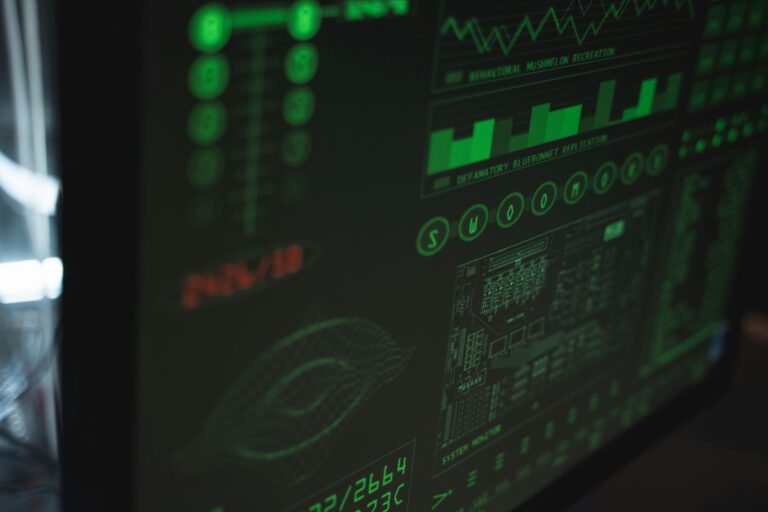
What does the future of transport look like? The answer to this question is multifaceted, as transport, whether municipal or private, is about to take a quantum leap forward as several digital technologies mature and converge.
Smart mobility, particularly in urban environments, will continue to evolve. The smart city is quickly coming into focus as technologies such as 5G, AI, IoT, AR, Wi-Fi, and edge computing are all components of an intelligent, efficient and secure transport system.
The digital infrastructures that an intelligent transport system needs to operate are being constructed. Smart parking, intelligent mobile real-time route planning, cashless payments, and integrated control systems are all in various stages of development. Businesses like Uber have shown how decentralised transport managed with a smartphone can transform how individuals’ access transportation services.
Intelligent transport systems, though, offer much more than just calling a taxi: The smart digital ecosystem that all transport systems need to operate effectively creates a digital environment where even more innovation can occur.
There is also a commercial aspect as the report from Juniper Research concluded, smart traffic management systems will save cities $277 billion by reducing emissions and congestion globally by 2025. And the key technology behind these savings could reduce by over 33 hours the time spent in traffic per annum per motorist.
In its report, Arup summarise how a range of technologies converge to create the digital spaces transport can use to deliver efficient services to citizens: “Mobile phones, parking sensors, congestion charging zones and smart card ticketing all yield valuable data about how and when people are moving around the city, and how these patterns are affected by variables like traffic, weather or public events.”
Speaking to Digital Bulletin, John Cowan, CEO, EDJX, outlined how the Autonomy Institute – a cooperative research consortium focused on advancing and accelerating autonomy and AI at the edge, announced plans to launch the Public Infrastructure Network Node (PINN) in Austin, Texas.
“The PINN is the first unified open standard to incorporate 5G wireless, edge computing, radar, lidar, enhanced GPS, and Intelligent Transportation Systems (ITS) as a single unified system,” says Cowan. “PINNs are designed to rapidly deliver a multitude of advanced edge sensors and computing capabilities urgently needed to support autonomy and IoT. PINN is a breakthrough in digital infrastructure, solving the current challenge of delivering low-latency computing and sensors at the edge while avoiding unsightly urban infrastructure sprawl.”
Developing the digital ecosystem that advanced transport systems need to operate efficiently is a critical first step. And these systems are taking shape. For example, citizens in Hamburg, Germany can use an app on their phones that tracks their current location and constantly matches this to available buses and trains. The app also allows tickets to be paid for, making the use of their transport systems more efficient for everyone. Helsinki has WHIM that goes even further and integrates public transport access with bike and car-sharing services – all accessed via a citizen’s smartphone. And Copenhagen has smart traffic lights it claims can reduce bus travel by up to 20% and can even prioritise cycle users.
Structure and technology
One clear prerequisite for smart cities and the intelligent transport systems they contain is fast, reliable connectivity. Here, edge computing comes into play. Moving data storage and processing away from decentralised data centres closer to the devices they serve (such as autonomous vehicles) is a fundamental component of creating an intelligent transport system. Autonomous vehicles need access to low-latency data networks. Edge computing delivers that performance.
A byproduct of a smart transport ecosystem is data. Masses of information are generated within this digital environment. The value of that data is its ability to offer transport companies, governments, automotive manufacturers, and mobile broadband providers the insights they need to evolve their services.
PwC, in its overview of the challenges building a smart city with an intelligent transport system, places data and its analysis at the core of these systems: “Once the core infrastructure – roads and railways – is in place, what matters then is understanding, anticipating, and meeting users’ needs.
Smart use of data is vital in shaping the system to do this. So, the vision for the smart future is focused on people, enabled by transport, and powered by technology and data.”
Paul Thomas, head of proposition development at North that designs and delivers integrated technology solutions for complex and critical environments throughout the UK, stated to Digital Bulletin that data is the key to intelligent transport systems: “Our public transport system should be frictionless; efficient, deterministic, an improvement on our air quality and supportive of the natural environment. It should also prioritise commuter experience and adoption. A robust transport system is critical in supporting economies and increasing productivity, so ease of use and efficiency is paramount. To deliver this, we need a baseline of data acquired from a connected city.”
As intelligent transport systems develop, they have a symbiotic connection to the environments they move through. Autonomous vehicles may grab the news headlines, but the vehicles themselves are just one small component of a smart digital network that enables them to operate safely.
The transport systems in development across the urban landscape are becoming complex networks of sensors and data analysis systems that the personalised transport services cities need are being built upon.
Our public transport system should be frictionless; efficient, deterministic, an improvement on our air quality and supportive of the natural environment
Connect and protect
Intelligent transport systems inherently use complex networks to deliver their services. The security and privacy of personal data is a core debate as smart transport systems develop. According to BAI Communications, who looked closely at how rail transport could be created, concluded 81% of respondents are at least somewhat comfortable with their anonymised data being used to improve transport systems. Similarly, three-quarters of rail users (75%) are at least relatively comfortable with their data being used to predict travel patterns to provide them with a personalised transport service.
Also, Hatem Oueslati, CEO and Co-Founder of, IoTerop makes the salient point that interoperability with systems and data is fundamental to developing integrated smart transport networks. “5G for connectivity and Lightweight M2M for security and data standardisation are strategically important. Not only do they reduce the technical and economic barriers spurring innovation, but they rationalise and future-proof investments as well. By adhering to the standard of these devices, systems, security, and data become interoperable.”
The data generated by intelligent transport systems must also be protected. Robust and flexible security is a critical component of any smart city and the intelligent transport systems they contain. There has been much debate around the lack of security within the IoT space.
According to ABI Research, by 2026, it’s predicted there will be over 23 billion active IoT devices. However, the recent announcement from the FIDO Alliance’s proposed Device Onboard standard could offer a more comprehensive security platform as IoT expands, which will benefit the burgeoning smart transport networks as they evolve over the next few years.
Whether using private vehicles or accessing public transport, the pervasive networks needed will disappear into our built environments. For citizens, their smartphones become their connection to these systems, which are fully integrated and deliver the personalised travel services they need on demand.
“In the future, we need ‘smart cars’ to become more integrated with national intelligent transport infrastructures to ensure vehicles can operate safely and efficiently,” concluded Kevin Curran, IEEE senior member and professor of cyber security at Ulster University.
“Satellite navigation and traffic signal control systems will ensure vehicles know when to stop, slow down and speed up as well as identify hazards in good time. This communication will result in better traffic management and significantly reduce the number of accidents. Ultimately, the roads beneath us will communicate with smart cars, most likely through indestructible sensors embedded within the road.”
For a transport system to be genuinely transformative for its users, the technical components must be fully interoperable. Systems that couple IoT with 5G are a powerful combination. Transport systems serve their customers. For them, seamless and transparent access to mobility is their holy grail. In the next few years, that goal will become a reality.


